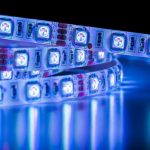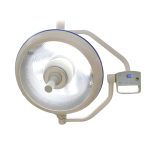Acne Treatment 101: Choosing the Right LED Light Color for Clearer Skin
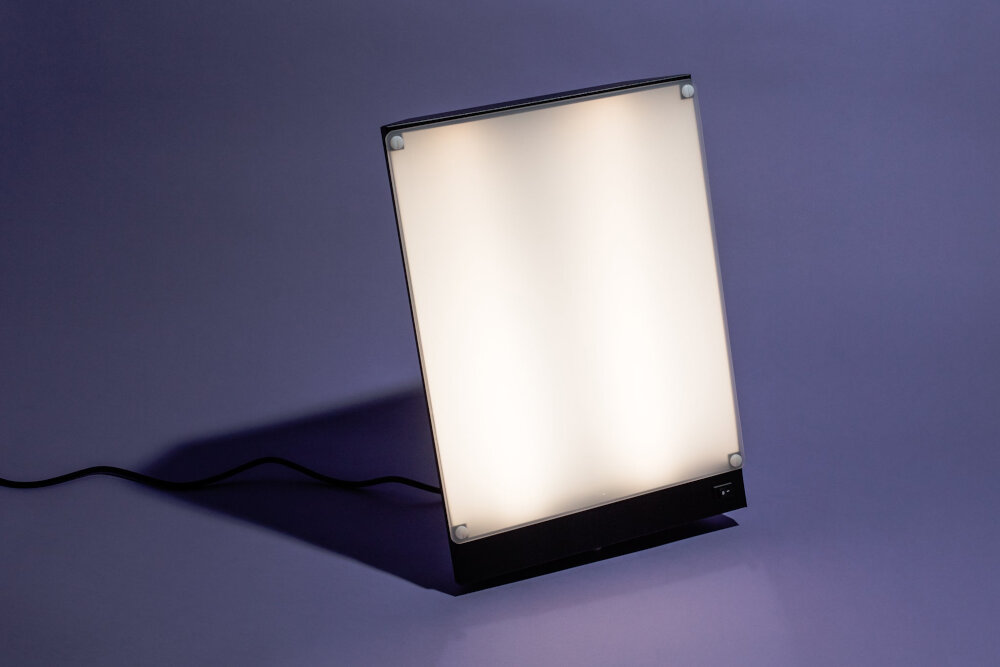
Acne is a common skin condition that affects people of all ages, genders, and ethnicities. It is a frustrating and often emotionally distressing condition that can significantly impact a person’s self-esteem and confidence. Fortunately, there are many acne treatment options available, one of which is LED light therapy. LED light therapy has gained popularity in recent years for its ability to reduce inflammation, kill bacteria, and promote healing in the skin. However, not all LED light colors are created equal when it comes to treating acne. In this article, we will discuss the importance of choosing the right LED light color for clearer skin and provide tips on how to do so effectively. LED light therapy works by delivering specific wavelengths of light to the skin, which can penetrate the skin’s surface to target different skin concerns. When it comes to treating acne, blue and red LED lights are the most commonly used colors. Blue LED light therapy is effective in killing acne-causing bacteria, while red LED light therapy can reduce inflammation and promote healing. However, it’s important to note that not all blue and red LED lights are the same. The intensity, wavelength, and frequency of the light can affect the treatment’s effectiveness. Therefore, it’s crucial to choose the right LED light color and device to achieve the best results. In the following sections, we will delve deeper into the different types of LED lights and how to choose the right one for your skin type and acne concerns.
Acne is a skin condition that occurs when hair follicles become clogged with oil and dead skin cells. It can appear as blackheads, whiteheads, pimples, or cysts, and typically affects teenagers but can also persist into adulthood. Hormonal changes, genetics, and certain medications can contribute to the development of acne, but it is primarily caused by an overproduction of sebum, an oily substance that lubricates the skin. Bacteria then thrive in the excess sebum, leading to inflammation and the characteristic redness and swelling associated with acne. A proper skincare regimen and the use of LED light therapy can help reduce acne symptoms and improve overall skin health.
LED light therapy is a non-invasive and effective treatment for acne that uses different colors of light to target specific skin concerns. Red LED light therapy stimulates collagen production, reduces inflammation, and improves overall skin texture. Blue LED light therapy, on the other hand, kills acne-causing bacteria and reduces oil production, making it an excellent choice for those with oily skin. Green LED light therapy reduces hyperpigmentation, evens out skin tone, and reduces redness. Yellow LED light therapy promotes lymphatic drainage, reduces inflammation, and improves skin elasticity. All these colors can be used in combination for optimal results, making LED light therapy a versatile and customizable treatment option for acne-prone skin.
Understanding LED Light Therapy
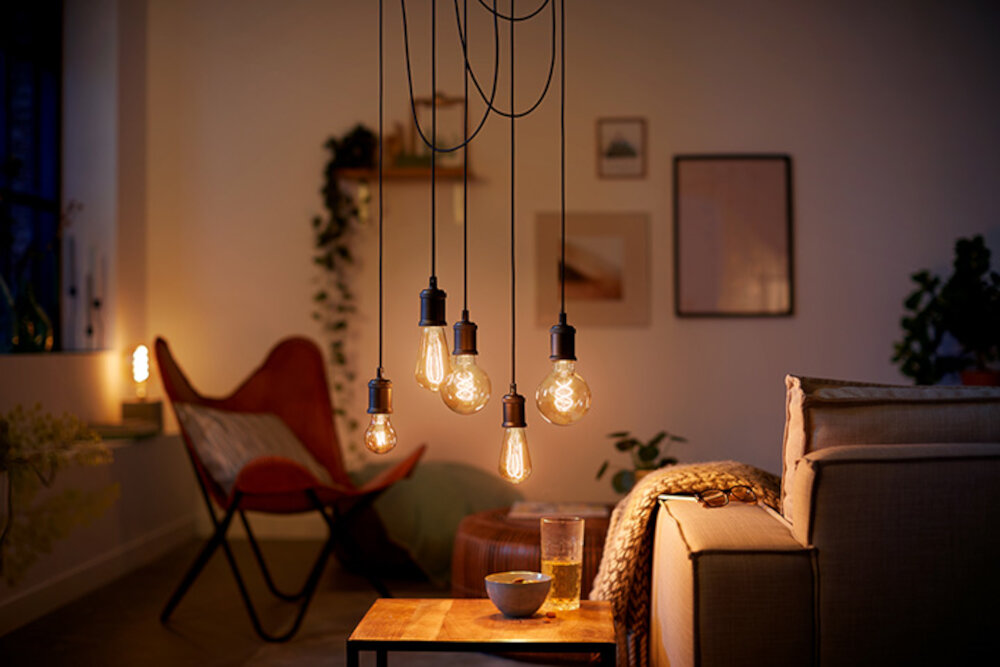
LED light therapy has become a popular treatment for various skin conditions, including acne. This non-invasive treatment involves exposing the skin to different wavelengths of light, which penetrate the skin at varying depths. The light stimulates the production of collagen, reduces inflammation, and kills the bacteria that cause acne. LED light therapy is a safe and effective treatment option for people of all ages and skin types, and it can be used in combination with other acne treatments for even better results. There are different colors of LED light used in acne treatment, each with its own unique benefits. Blue LED light is the most commonly used color for acne treatment, as it is effective in killing the bacteria that causes acne. It also helps to reduce inflammation and redness associated with acne. Red LED light is also used in acne treatment, as it stimulates collagen production and promotes skin healing. Green LED light is less commonly used, but it can be helpful in reducing hyperpigmentation and brightening the skin. By understanding the different colors of LED light therapy, you can choose the right treatment for your specific skin concerns and achieve clearer, healthier-looking skin.
LED light therapy is a non-invasive treatment that uses light energy to improve the health and appearance of the skin. The therapy works by emitting different wavelengths of light that penetrate the skin at various depths, stimulating cellular activity and promoting collagen production. For acne treatment, blue LED light is most effective as it targets acne-causing bacteria, reducing inflammation and preventing future breakouts. On the other hand, red LED light is used to reduce inflammation, promote healing, and improve overall skin texture. LED light therapy is a safe and effective way to treat acne and other skin conditions, with no downtime or side effects.
LED lights have become increasingly popular in recent years as a treatment for acne. There are several different types of LED lights that are used for this purpose, each with its unique benefits. Red LED lights are most commonly used for acne treatment as they help to reduce inflammation and promote healing. Blue LED lights, on the other hand, are effective at killing the bacteria that causes acne. Green LED lights are also sometimes used, as they can help to reduce redness and irritation. Additionally, some LED lights, such as yellow and purple, can help to improve the overall appearance of the skin by reducing the appearance of blemishes and fine lines. Overall, LED lights are a safe and effective way to treat acne, and choosing the right color can help to achieve clearer and healthier-looking skin.
Blue LED Light for Acne Treatment
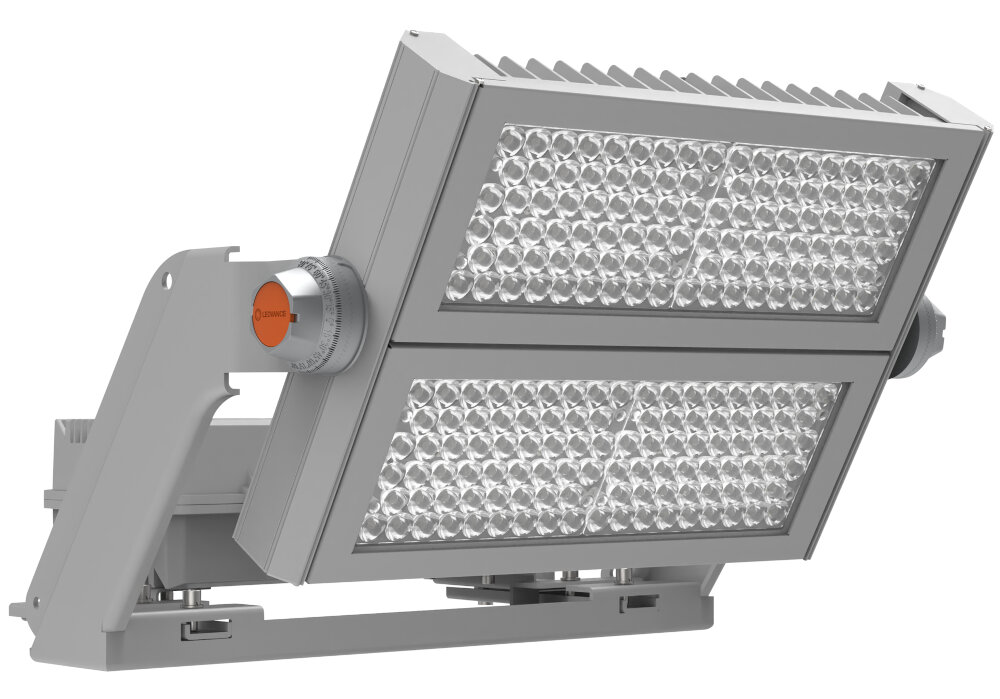
Acne has been a common skin condition that affects individuals of all ages. It is characterized by the formation of pimples, blackheads, and whiteheads on the skin, which can cause discomfort and even self-esteem issues. Fortunately, advances in skincare technology have led to the development of LED light therapy, which has been proven to be an effective treatment for acne. Among the different colors of LED lights used for acne treatment, blue LED light is one of the most popular options. Blue LED light has a wavelength of 415-445 nm, which is within the range that can kill the bacteria that cause acne. It works by penetrating the skin’s surface and targeting the bacteria that live in the hair follicles. When the blue LED light comes into contact with the bacteria, it triggers a reaction that produces singlet oxygen molecules, which then destroy the bacteria. This treatment is not only effective but also safe, as it does not involve the use of any chemicals or harsh ingredients that can cause adverse effects on the skin. Additionally, blue LED light therapy can also help reduce inflammation and redness, which are common symptoms of acne.
Blue LED light is a form of light therapy that has been proven to be effective in treating acne. The blue light penetrates the skin and targets the bacteria that cause acne, reducing inflammation and preventing future breakouts. This type of LED light also helps to regulate sebum production, which is a major contributor to acne. One of the key benefits of blue LED light therapy for acne is that it is non-invasive and does not cause any damage to the skin. It is a safe and gentle treatment that can be used in combination with other acne treatments for maximum effectiveness. Overall, blue LED light therapy is a powerful tool in the fight against acne, helping to restore clear and healthy skin.
In recent years, blue LED light therapy has gained popularity as a potential treatment for acne. Research has shown that blue light in the range of 415-420nm can effectively kill the bacteria that contribute to the development of acne. This is achieved through the activation of a photosensitive compound called porphyrin, which is found in acne-causing bacteria. When activated by blue light, porphyrin produces reactive oxygen species that damage and ultimately kill the bacteria. Several clinical studies have demonstrated the effectiveness of blue light therapy in reducing inflammatory acne lesions and improving overall skin texture. However, like any treatment, results may vary depending on the individual’s skin type and severity of acne. It is important to consult with a dermatologist to determine if blue light therapy is a suitable option for your acne treatment plan.
Blue LED light therapy is a promising acne treatment that activates porphyrin, a compound found in the acne-causing bacteria. However, it is essential to take precautions before using it. Firstly, those with photosensitive skin or taking medication that makes them sensitive to light should avoid this therapy. Secondly, it is essential to wear protective goggles during the treatment to avoid eye damage. Lastly, overusing this therapy can cause dryness, redness, and peeling of the skin. Therefore, it is essential to follow the instructions provided by the manufacturer or a healthcare professional to avoid side effects.
Red LED Light for Acne Treatment
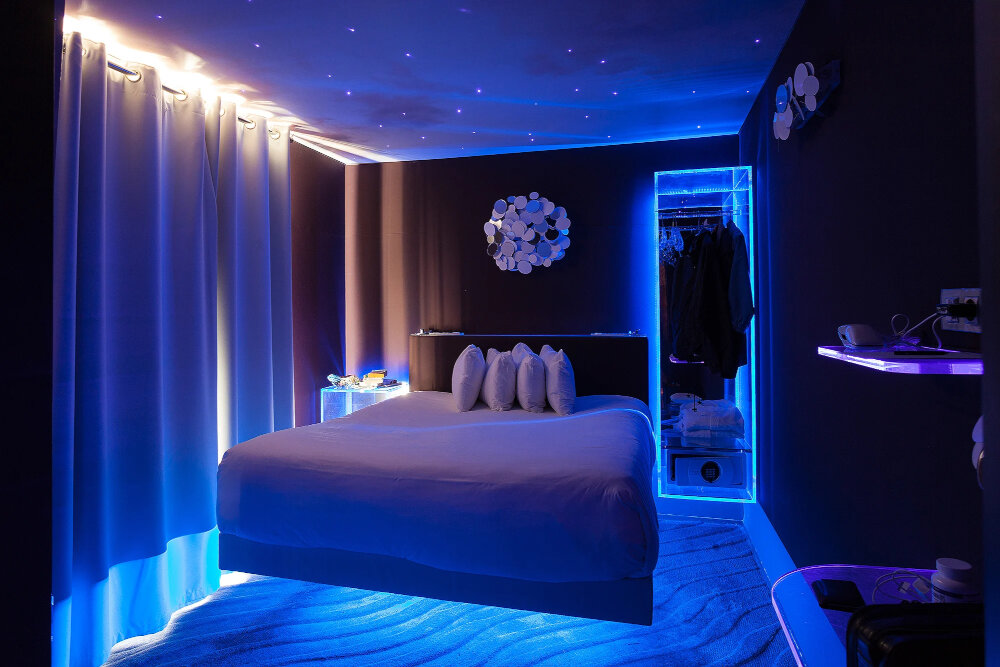
Acne is a common skin condition that affects millions of people worldwide. The use of red LED light for acne treatment has become increasingly popular due to its effectiveness and safety. Red LED light therapy works by stimulating the production of collagen, which helps to reduce inflammation and promote healing. It also helps to reduce the size of pores and decrease the production of oil, which can lead to fewer breakouts. In addition, red LED light therapy has been shown to improve the overall appearance of the skin, leaving it looking brighter and more youthful. One of the main advantages of using red LED light for acne treatment is that it is a non-invasive and painless procedure. Unlike other acne treatments that can be harsh and abrasive, red LED light therapy is gentle and soothing. It does not cause any damage to the skin, making it a safe and effective option for those with sensitive skin. The treatment is also quick and easy, with most sessions lasting between 10-20 minutes. Overall, red LED light therapy is a highly effective and safe treatment option for acne, providing a natural and non-invasive way to achieve clearer and healthier-looking skin.
Red LED light therapy has been proven to be an effective treatment for acne. This type of light penetrates deep into the skin, where it stimulates the production of collagen and elastin, which are essential for healthy and clear skin. The red light also helps to reduce inflammation and bacteria, which are two major causes of acne breakouts. Additionally, red LED light therapy can help to minimize the appearance of acne scars by promoting skin cell regeneration. Overall, incorporating red LED light therapy into your skincare routine can provide numerous benefits for acne-prone skin, including reducing breakouts, minimizing inflammation, and promoting healthy skin cell growth.
Red LED light therapy has been shown to be an effective treatment for acne. A study conducted in 2018 found that using red LED light therapy for 12 weeks resulted in a significant reduction in acne lesions. The therapy works by penetrating the skin and stimulating the production of collagen, which helps to improve the overall health of the skin. The therapy also has anti-inflammatory properties, which can help to reduce redness and swelling associated with acne. Red LED light therapy is safe and non-invasive, making it a popular choice for those looking for a natural and effective acne treatment option. With its proven effectiveness, it is clear that red LED light therapy is a powerful tool in the fight against acne.
Red LED light therapy is a popular treatment for acne, but it is important to take some precautions and be aware of possible side effects. Firstly, it is important to consult a dermatologist before starting the treatment, especially if you have sensitive skin, are pregnant or have any medical conditions. Secondly, it is recommended to start with a low intensity and gradually increase it to avoid skin irritation. Possible side effects include redness, dryness, and mild discomfort. Moreover, it is important to protect your eyes from the bright light and avoid looking directly at the LED source. Overall, with proper precautions and gradual use, red LED light therapy can be an effective and safe treatment for acne.
Choosing the Right LED Light Color for Your Skin Type
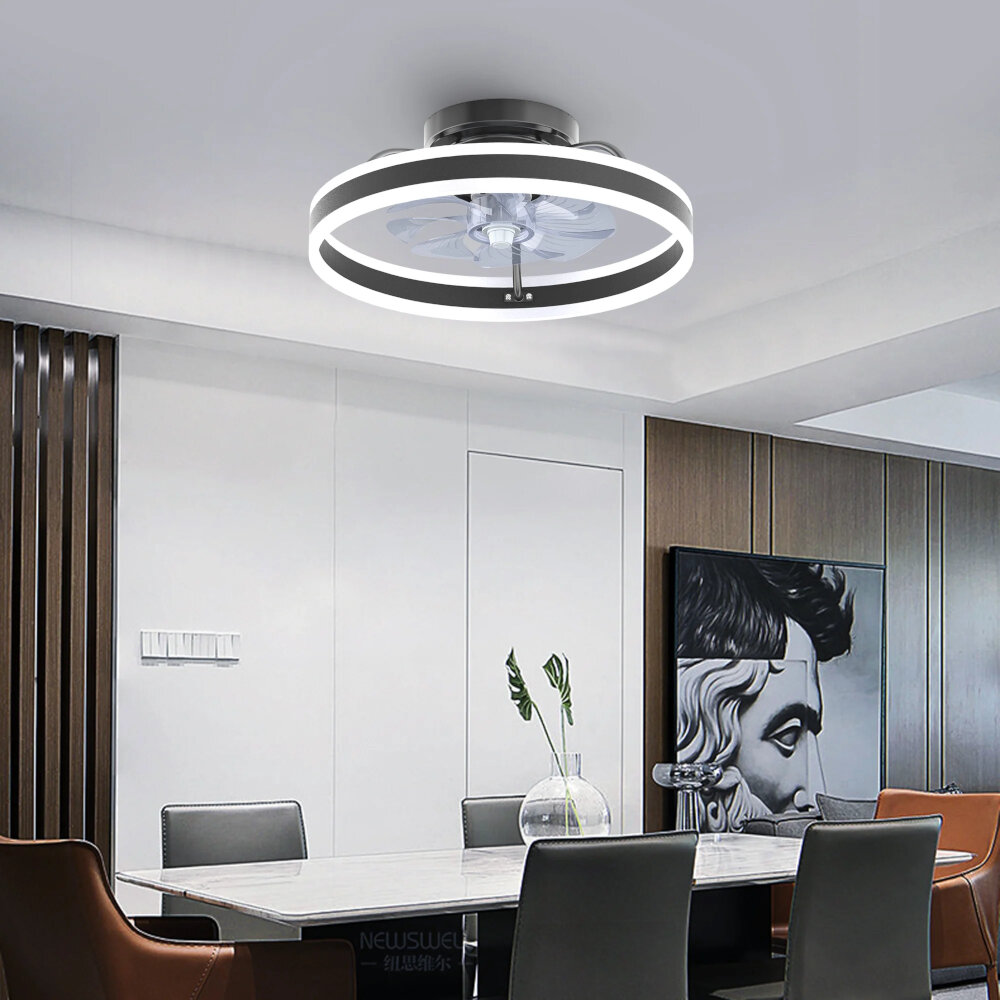
When it comes to acne treatment, LED light therapy has become increasingly popular due to its non-invasive and effective nature. However, choosing the right LED light color for your skin type is crucial for optimal results. The three main colors used in LED light therapy for acne treatment are red, blue, and green. Red light therapy is ideal for those with aging skin, as it stimulates collagen production and reduces the appearance of fine lines and wrinkles. Blue light therapy is best for those with oily or acne-prone skin, as it targets the bacteria that cause acne and reduces inflammation. Green light therapy is suitable for all skin types, as it targets hyperpigmentation and reduces redness. It is important to note that the effectiveness of LED light therapy for acne treatment is dependent on the wavelength of the light used. Different wavelengths penetrate the skin to different depths and have varying effects. Therefore, it is recommended to consult with a skincare professional to determine the most suitable LED light color and wavelength for your skin type and condition. With the right LED light color and wavelength, you can expect clearer, smoother, and healthier-looking skin with minimal downtime or side effects.
When choosing an LED light color for acne treatment, there are several factors to consider. Firstly, the wavelength of the light is crucial as it determines how deeply the light can penetrate the skin. Blue light (around 415nm) is effective in killing acne-causing bacteria on the surface of the skin. Secondly, the intensity of the light is important to ensure that it is strong enough to have an impact on the skin but not too strong that it causes damage. Thirdly, the duration of the treatment should be considered as different LED light colors require varying amounts of time to see results. Lastly, the cost and availability of the LED light therapy device should be considered as this may affect the feasibility of incorporating it into a daily skincare routine. By considering these factors, individuals can choose the right LED light color for clearer, healthier skin.
Determining your skin type is crucial in finding the right treatment for your acne-prone skin. There are five basic skin types: normal, oily, dry, combination, and sensitive. To determine your skin type, you can perform a simple test at home. Wash your face with a gentle cleanser and wait for about an hour. If your skin feels tight and uncomfortable, you have dry skin. If your skin feels oily and shiny, you have oily skin. If your skin feels oily in the T-zone (forehead, nose, and chin) and dry in other areas, you have combination skin. If your skin is easily irritated and reacts to many skincare products, you have sensitive skin. Once you have determined your skin type, you can choose the LED light color that is best for you. Blue LED light is best for oily and acne-prone skin as it targets the bacteria that cause acne. Red LED light is best for dry and aging skin as it stimulates collagen production and improves blood circulation. Yellow LED light is best for sensitive skin as it reduces inflammation and soothes the skin.
The recommended treatment time and frequency for LED light therapy can vary depending on the individual and the specific condition being treated. Generally, a session can last anywhere from 10 to 30 minutes, and treatments can be done anywhere from once a week to daily for more severe cases. It is important to follow the manufacturer’s instructions and consult with a healthcare professional to determine the appropriate treatment plan. Consistency is key with LED light therapy, as results may not be seen immediately and can take several weeks of consistent use to notice improvement in acne symptoms. Additionally, it is important to protect the eyes from the bright light during treatments, and avoid using LED light therapy if you are pregnant or have a history of seizures.
LED light therapy has become a popular treatment for acne due to its benefits and effectiveness. This therapy works by exposing the skin to specific wavelengths of light, which penetrate deep into the skin and target the acne-causing bacteria. The blue light, in particular, has been found to be highly effective in killing the bacteria and reducing inflammation, leading to clearer and smoother skin. Moreover, this treatment is non-invasive, painless, and does not cause any harm or damage to the skin. It is also suitable for all skin types and can be used in combination with other acne treatments for even better results. Overall, LED light therapy is a safe and reliable option for those struggling with acne and seeking a natural and non-chemical solution to their skin problems.
When considering LED light therapy as part of an acne treatment plan, it is important to choose the right color of light for your particular skin type and condition. Blue light is effective in killing acne-causing bacteria while red light can reduce inflammation and promote healing. A combination of both colors may be recommended for severe acne cases. It is also important to use LED light therapy in conjunction with other acne treatments such as topical creams and oral medications for best results. Consistency is key, as regular use of LED light therapy can help maintain clearer skin over time. As with any treatment, it is important to consult with a dermatologist to determine the best course of action for your individual needs.
Choosing the right LED light color can do wonders for your skin’s health and appearance. It is important to understand that different colored LED lights have different wavelengths that can penetrate the skin at varying depths. For example, blue light can help kill acne-causing bacteria, while red light can reduce inflammation and promote collagen production. Using the wrong color can be ineffective or even exacerbate skin issues. So, taking the time to research and choose the right LED light color can make a significant difference in achieving clearer, healthier skin. Incorporating LED light therapy into your skincare routine can be a game-changer and is definitely worth considering.
Conclusion

In conclusion, choosing the right LED light color for acne treatment can make a significant difference in achieving clearer skin. The various colored lights target different aspects of acne, from reducing inflammation to killing bacteria. However, it is important to consult with a dermatologist before starting any LED light therapy. With the right guidance and consistent use, LED light therapy can be a safe and effective alternative or complement to traditional acne treatments. So, don’t hesitate to explore the benefits of LED light therapy for clearer, healthier skin.


